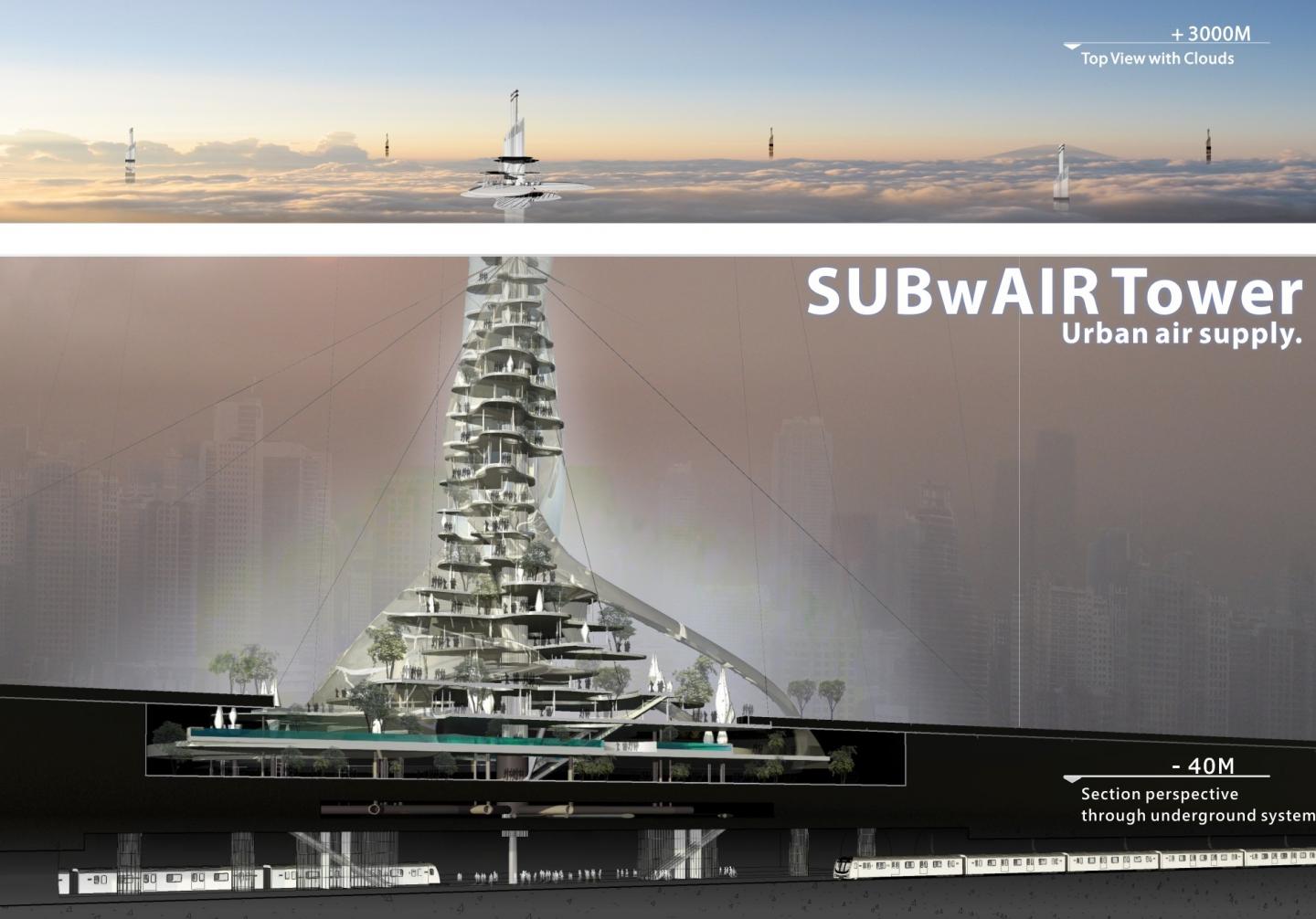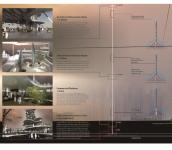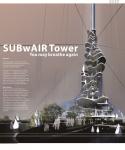Economic growth at breakneck speed also has a high cost: Most newly affluent urbanized societies in the greater China region breathe heavily polluted air. The main sources of air pollution are the burning of high-sulphur coal to power factories, heat homes and cook meals, and quickly rising car ownership that gives rise to heavy traffic within densely built cities. According to the WHO, only a third of the 340 Chinese cities monitored meet even Chinas own pollution standards. Asthma, allergies and other pollution related illnesses including lung cancer take a heavy toll on populations that are otherwise enjoying higher living standards than ever before. There is no escape from pollution in urban areas, since the polluted air often blankets whole regions and extends to a height of 2 - 3 kilometers. Moving out of these urban areas is not an option for most of the affected population. City governments are aware of the problem but often powerless to make changes and depend on local economies to thrive. Hong Kong is increasingly suffering from the problem of not being able to attract the high-level international talent it needs as professionals hesitate to move their families into polluted environments.
The SUBwAIR Tower grows out of the observation that pollution and heavy traffic in the greater China region go together with strong investment into, and growth of, urban subway systems. New stations are furthermore often prime real estate investments, and often include substantial residential developments. In Hong Kong, for example, the MTR Corporation (Mass Transport Railway System) is the most important real estate developer. Other cities nearby such as Guangzhou and Shenzhen are no different, with no end to urban growth in sight. The SUBwAIR Tower is a model for future real estate development connected to urban subway system expansion that makes use of air pressure generated by moving subway trains to draw fresh air into polluted cities from above the polluted air layers. SUBwAIR Towers are mixed use developments built on new subway stations that provide respiratory oases to both public spaces as well as improved living and working environments in developments attached to the tower. Where current developments usually worsen urban air quality, the SUBwAIR Tower improves air quality and thus living environments for urban populations. The SUBwAIR Tower recognizes the pragmatic nature of current needs and does not attempt to propose idealized future skyscraper fantasies. It simply connects three patterns omnipresent in the greater China region: Urban pollution, air movements in subway systems and real estate development around new subway stations.
2010
2011
Tien-yu Wu, Jen-Chieh Hung, Christiane M Herr, Thomas Fischer, Kulthida Songkittipakdee
Favorited 1 times





wa-1-1.jpg)
wa-2-1.jpg)
